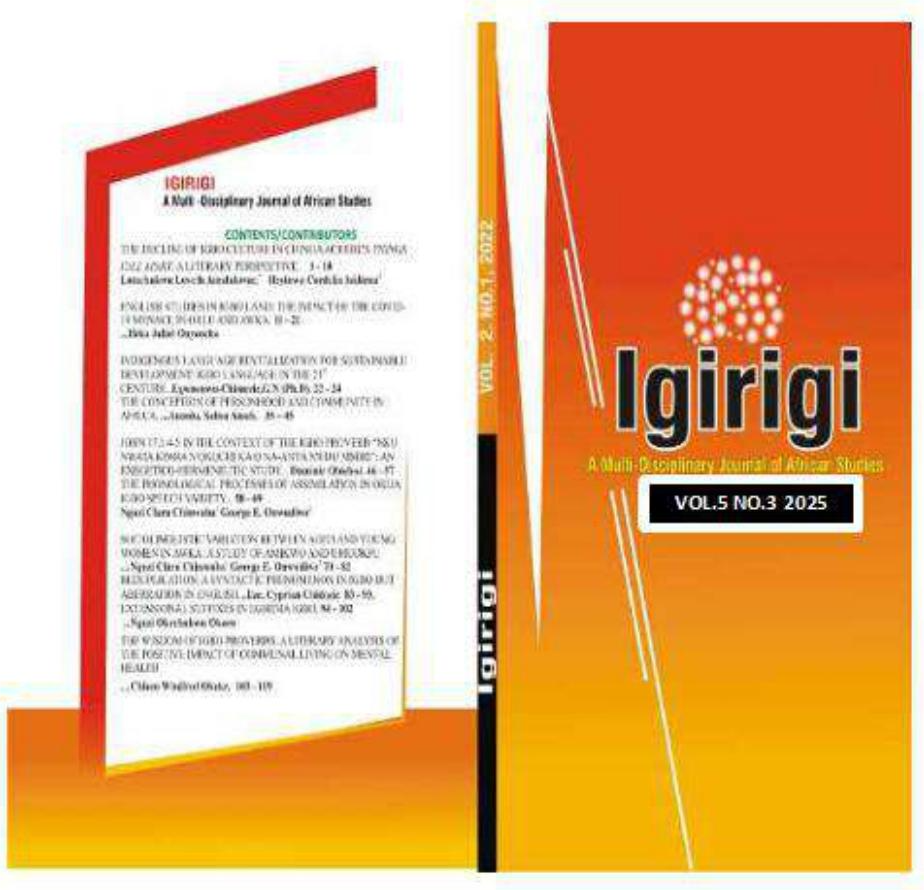STRUCTURE AND FUNCTION OF YOUTH LANGUAGES IN CENTRAL AND WEST AFRICA: FOCUS ON CAMFRANGLAIS AND NAIJA SLANG
Keywords:
youths’ language, Slang, Camfranglais, Naija SlangAbstract
This study investigates the emergence and evolution of youth languages in two neighboring African nations: Cameroon, located in Central Africa, and Nigeria, situated in West Africa. The focus is on Camfranglais, a vernacular language spoken in Cameroon that combines elements from Cameroonian French, Cameroonian English, Cameroonian Pidgin English, and indigenous languages of Cameroon. Camfranglais is a hybrid sociolect primarily used by young people in restricted social settings, such as schools, universities, and informal gatherings. Alongside Camfranglais, the study analyzes Naija Slang, a vibrant youth language in Nigeria that draws heavily from English, Nigerian Pidgin English, and various Nigerian languages. Naija Slang has evolved rapidly, becoming a significant force in Nigerian popular culture, influencing music, film, and social media. Employing a comparative framework, this study employs linguistic and socio-linguistic methods in examining the linguistic features of Camfranglais and Naija Slang, including phonological, morphological, and syntactic innovations, such as code-switching, lexical borrowing, and the emergence of new grammatical structures. Furthermore, the study investigates the social functions of these languages, exploring how they facilitate social interaction, foster a sense of belonging within youth communities, and serve as markers of social identity and cultural affiliation. The research highlights the dynamic and creative nature of these youth languages, demonstrating how they reflect the complex interplay of language contact, social change, and cultural identity in contemporary Central and West Africa. By analyzing Camfranglais and Naija Slang, this study contributes to a deeper understanding of youth language practices, their social and cultural significance, and their role in shaping linguistic landscapes, highlighting the importance of language variation and diversity in Central and West Africa. It provides valuable insights into how young people construct language and express identities. The study further identifies new trends and helps to predict the future language development in Central and West Africa. The implication of this study reveals patterns of social inclusion and exclusion. It also highlights the need for inclusive language practices.Downloads
Published
2025-08-10
Issue
Section
Articles

